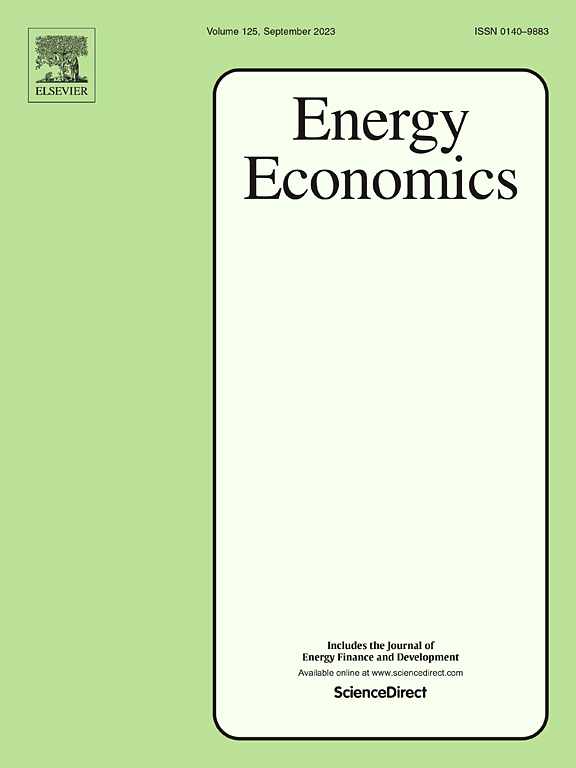Comparison of indicator saturation and Markov regime-switching models for Brazilian electricity prices
IF 13.6
2区 经济学
Q1 ECONOMICS
引用次数: 0
Abstract
In this study, we compared the results obtained from the application of two different approaches to model Brazilian electricity prices. One of them is the Indicator Saturation model, which consider simultaneously impulse, step, trend events and autocorrelation. The other one is the Markov regime-switching model. We considered the marginal operating cost as the Brazilian electricity spot price, and the study was applied in the four different Brazilian submarkets. We concluded that the Indicator Saturation approach outperforms the regime-switching model in terms of outlier detection. We discussed the relevance of this study as a response to the increase in electricity price volatility caused by the energy transition, as well as to enrich the debate related to the possible change in the methodology for calculating the Brazilian electricity spot price within the framework of the electricity sector reform underway in Brazil.
求助全文
约1分钟内获得全文
求助全文
来源期刊

Energy Economics
ECONOMICS-
CiteScore
18.60
自引率
12.50%
发文量
524
期刊介绍:
Energy Economics is a field journal that focuses on energy economics and energy finance. It covers various themes including the exploitation, conversion, and use of energy, markets for energy commodities and derivatives, regulation and taxation, forecasting, environment and climate, international trade, development, and monetary policy. The journal welcomes contributions that utilize diverse methods such as experiments, surveys, econometrics, decomposition, simulation models, equilibrium models, optimization models, and analytical models. It publishes a combination of papers employing different methods to explore a wide range of topics. The journal's replication policy encourages the submission of replication studies, wherein researchers reproduce and extend the key results of original studies while explaining any differences. Energy Economics is indexed and abstracted in several databases including Environmental Abstracts, Fuel and Energy Abstracts, Social Sciences Citation Index, GEOBASE, Social & Behavioral Sciences, Journal of Economic Literature, INSPEC, and more.
 求助内容:
求助内容: 应助结果提醒方式:
应助结果提醒方式:


